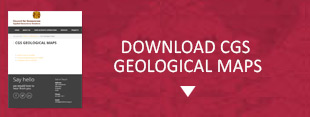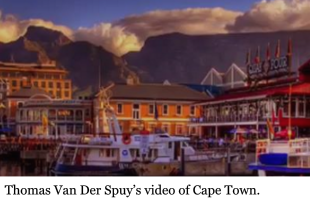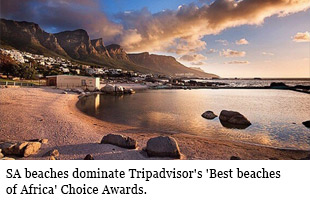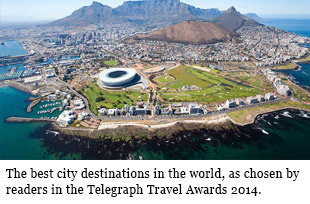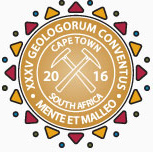
35TH INTERNATIONAL GEOLOGICAL CONGRESS
27 AUGUST - 4 SEPTEMBER 2016 | CAPE TOWN, SOUTH AFRICA
Sponsors
Keystone Sponsor
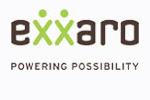

Diamond Sponsor


Gold Sponsor


Silver Sponsor



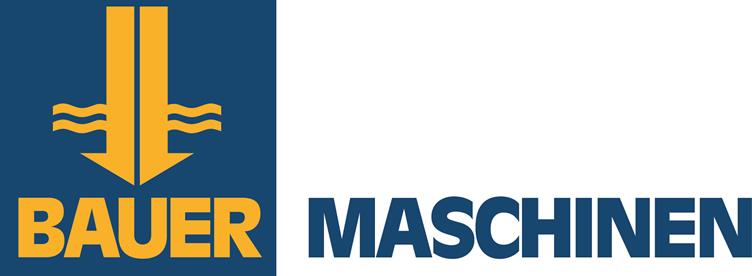




Business Centre Sponsor


Publication Sponsor




Social Function


Plenary Speaker Sponsor


Speaker Gift Sponsor


Post Graduate Fund


Registration


Welcome Drinks


Lunch Time Drinks


Publication &
35 IGC SAGPGF
35 IGC SAGPGF

35 IGC SAGPGF




MY IGC APP


Symposium Sponsor

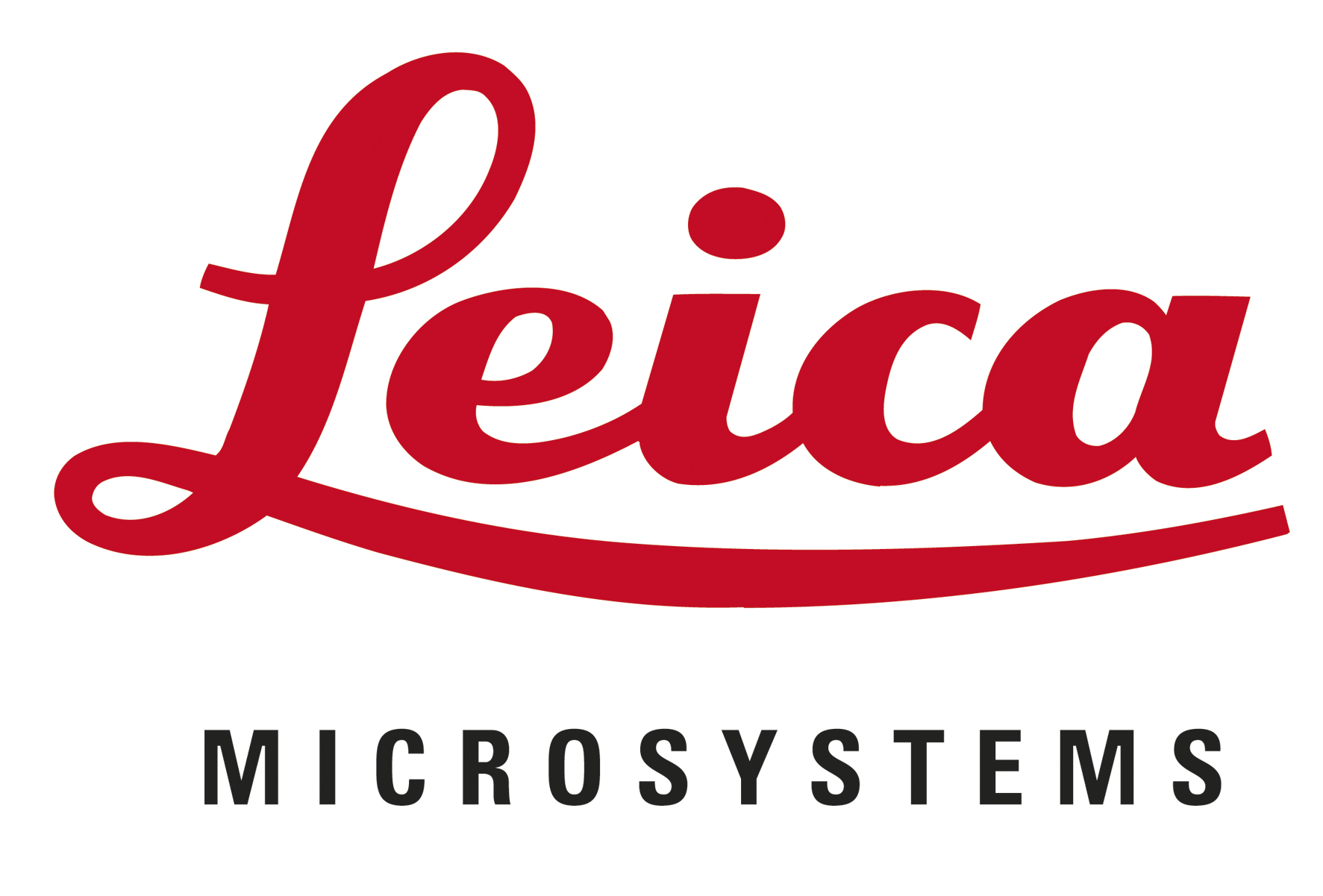


Audit Sponsor
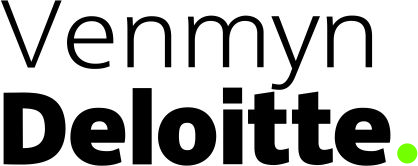

35TH INTERNATIONAL GEOLOGICAL CONGRESS
27 AUGUST - 4 SEPTEMBER 2016 | CAPE TOWN, SOUTH AFRICA
My IGC
Symposium Details
| Title | Description | Convenors |
|---|---|---|
| Dynamic Africa: integrating constraints on the post-Gondwana topographic evolution of Africa and adjacent continents from the core mantle boundary | Africa's topography is characterized by large-scale extensional features such as the East African Rift, widespread volcanic activity, anomalous basin subsidence and rapidly evolving drainage systems. It also includes uplifted domal regions, elevated passive continental margins (EPCMs), as well as unusually shallow bathymetry in its surrounding oceans, collectively known as the African Superswell. Numerous seismic studies confirm that the deep mantle beneath Africa harbours one of the largest low-seismic velocity bodies on Earth. This body also coincides at the surface with a major high of the Geoid. An integration of surface and deep Earth observations in this unique part of the world therefore promises to shed fundamental insight into the complex geologic processes that have shaped the post-Gondwana evolution of Africa and its surrounding continents. Recent co-ordinated research initiatives, such as Africa Array, Topo Africa, and SAMPLE have contributed a wealth of new constraints to our understanding of Africa's geologic evolution, suggesting rapid changes in the system. In particular, a growing body of evidence suggests that the present-|day relief of the ECPCMs in the South Atlantic region formed significantly after breakup. Unravelling the burial and exhumation history of Africa thus provides exceptional opportunities to advance our insight into the interactions deep Earth and surface processes in a passive margin environment. This session brings an interdisciplinary view to the post-Gondwana evolution of Africa and its surrounding continents. It will integrate a diverse array of surface observations with constraints on deep Earth structure and dynamics, such as mantle convection and lithosphere dynamics. We strongly encourage presentations from a wide range of disciplines including studies based on geological, geomorphological and thermochronological data as well as geophysical observations and models. | Hans-Peter Bunge, Andrew Nyblade, Peter Japsen, Paul F. Green and Francois Guillocheau |
 Field trips
Field trips  Sponsorship & expo
Sponsorship & expo  Registration
Registration Tours
Tours  Promotion
Promotion 

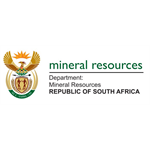












 Conference Programme
Conference Programme  Field trips
Field trips  Sponsorship & expo
Sponsorship & expo  Volunteer
Volunteer  GeoHost
GeoHost  Registration
Registration Tours
Tours  Promotion
Promotion  Publications
Publications


